Here on the treeline in Wapusk National Park, a few tenacious spruce trees still manage to survive.
I admit it, I’m a “leaf peeper”. Every year, like so many nature photographers, I excitedly await the colourful flamboyance of autumn. The French philosopher and Nobel laureate Albert Camus described the season as “the second spring when every leaf is a flower”. In Canada, when most nature photographers think of autumn colour, they think of the shimmering golden aspens of the Rocky Mountain foothills or the fiery reds of the maple and oak forests of Ontario, Quebec and the Maritimes. Few would imagine the treeless Arctic tundra capable of a similar autumn spectacle. Yet, over the years, I have been repeatedly surprised by the autumn colourfulness of many tundra areas and this month I want to share photos from three Arctic locations: Wapusk National Park in northern Manitoba, Scoresby Sound in eastern Greenland, and the remote Barren-lands in the Northwest Territories. Of course, my column will also feature lots of nerdy science. I have always believed that learning the science of a subject leads to more comprehensive photo coverage as well as greatly enhancing the experience.
Several species of willows grow in Arctic Greenland and all of them, with the aid of the wind, disperse their seeds on parachutes of silky white fluff.
The Barren-lands is the great wedge of North America west of Hudson Bay and north of the wandering tree-line. It is one of the most remote uninhabited regions on the continent.
Within every leaf there is a blend of colourful substances. Day length, temperature, and rainfall determines which of these colourful substances dominate in the different seasons. In spring and summer, the most abundant substance is the pigment chlorophyll which imparts the green colour to foliage. Chlorophyll is vital to plants; it captures the sun’s energy and uses it to manufacture simple sugars that are the basis of the plant’s nutrition. Sunlight is also required for the synthesis of chlorophyll itself. During the growing season, when days are long and sunlight plentiful, chlorophyll is synthesized continually, and as long as the supply remains high, the leaves stay green. In autumn, the diminishing hours of daylight and the cool temperatures slow the rate at which chlorophyll is produced. As the amount of chlorophyll dwindles inside the leaf, its masking effect fades and other colourful substances begin to show through.
From the air, the muskeg areas of Wapusk National Park are flushed with gold.
In winter, snow accumulates around the base of the spruce trees on the treeline, protecting them from pruning by icy winter winds.
One group of hidden substances is the carotenoids, yellow pigments that confer the Midas touch to trees and bushes. In the Arctic these include multiple species of willows. Carotenoids, unlike chlorophyll, do not need sunlight for their synthesis and they are unaffected by the shortening days of autumn.
Thick stands of bushy willows are common in the low Arctic as seen here in Wapusk.
In winter, ptarmigan feed on the buds of the abundant willows. This bird, in autumn plumage, will soon replace its feathers with a coat of cryptic white ones.
Scoresby Sound in Greenland is one of the great iceberg producing area in the Arctic.
Dense thickets of dwarf birches can make hiking in the Barren-lands a struggle.
The dwarf birch is easily identified by the scalloped edges on its leaves. Initially, the birches may turn yellow before becoming infused with red and orange.
The reds and purples of Arctic plants result from the presence of another group of pigments called anthocyanins. These pigments are not present throughout the growing season as are the carotenoids and develop only in late summer as a result of a change in the metabolism of sugars. Anthocyanins also give the rich colour to many Arctic berries.
As this caribou jaw bone slowly disintegrates it will enrich the soil with minerals. The process is hastened by mice, ground squirrels, hares, porcupines and caribou gnawing on the bone in search of calcium.
Some autumns are more colourful than others. When rainfall is scanty, leaves may fade, turn brown, and fall from the trees and shrubs with only a hint of colour. Rainfall alone, however, does not guarantee a better display. If rains are heavy and combined with wind, trees and shrubs may be stripped of their foliage before the colour peaks. The best conditions are warm, sunny days and cool nights without frost. Many believe that frost is a necessary ingredient for good autumn colour, whereas in fact, frost may kill the leaves and cause them to fall off prematurely.
Leaves are lost in autumn because it is the most economical way for a tree, shrub or ground-hugging plant to survive the winter. Leaves continually lose water through surface pores which are open to absorb carbon dioxide for the manufacture of sugar. The manufacture of sugar ceases when the temperature becomes cold, and if the plants were to retain their leaves they would continue to lose moisture without any benefit. Moreover, once the ground is frozen, the plants can no longer extract water from the soil to replenish their losses.
Greenland was a big surprise to me with its vast landscapes of colourful autumn plants. I was there for less than two weeks and by the time I left the colour had already dulled and was disappearing.
If leaves were retained during winter they would become heavy with a burden of ice and snow and would invariably break off, taking with them important nutrients essential for the welfare of the plant. Nonetheless, in anticipation of winter, deciduous trees and shrubs drain 95% of the minerals and other nutrients from their leaves before they are cast off, and store these materials for the next growing season.
Willow and birch shrubs are thickest in low Arctic latitudes where the growing season is slightly longer than it is in higher latitudes.
I went to the Barren-lands to photograph migrating caribou and the autumn colour was an unexpected bonus that added an especially pleasing backdrop. This caribou bull was shedding the velvet from its impressive antlers in preparation for the autumn mating season.
A caribou bull will repeatedly thrash the bushes with its antlers to remove much of their velvet covering. Initially, the antlers are stained red from the residual blood in the velvet but eventually resins in the damaged bushes stain the antlers a rich golden brown.
Not all caribou survive the autumn migration and some drown in river crossings.
About the Author – Dr. Wayne Lynch
For more than 40 years, Dr. Wayne Lynch has been writing about and photographing the wildlands of the world from the stark beauty of the Arctic and Antarctic to the lush rainforests of the tropics. Today, he is one of Canada’s best-known and most widely published nature writers and wildlife photographers. His photo credits include hundreds of magazine covers, thousands of calendar shots, and tens of thousands of images published in over 80 countries. He is also the author/photographer of more than 45 books for children as well as over 20 highly acclaimed natural history books for adults including Windswept: A Passionate View of the Prairie Grasslands; Penguins of the World; Bears: Monarchs of the Northern Wilderness; A is for Arctic: Natural Wonders of a Polar World; Wild Birds Across the Prairies; Planet Arctic: Life at the Top of the World; The Great Northern Kingdom: Life in the Boreal Forest; Owls of the United States and Canada: A Complete Guide to their Biology and Behavior; Penguins: The World’s Coolest Birds; Galapagos: A Traveler’s Introduction; A Celebration of Prairie Birds; and Bears of the North: A Year Inside Their Worlds. In 2022, he released Wildlife of the Rockies for Kids, and Loons: Treasured Symbols of the North. His books have won multiple awards and have been described as “a magical combination of words and images.”
Dr. Lynch has observed and photographed wildlife in over 70 countries and is a Fellow of the internationally recognized Explorers Club, headquartered in New York City. A Fellow is someone who has actively participated in exploration or has substantially enlarged the scope of human knowledge through scientific achievements and published reports, books, and articles. In 1997, Dr. Lynch was elected as a Fellow to the Arctic Institute of North America in recognition of his contributions to the knowledge of polar and subpolar regions. And since 1996 his biography has been included in Canada’s Who’s Who.






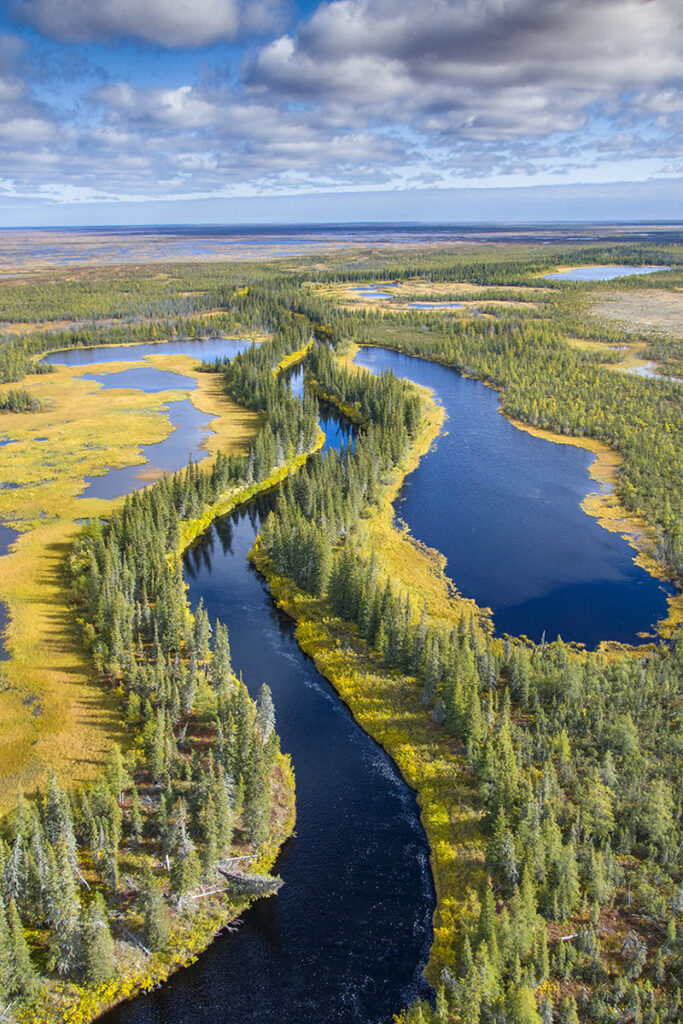
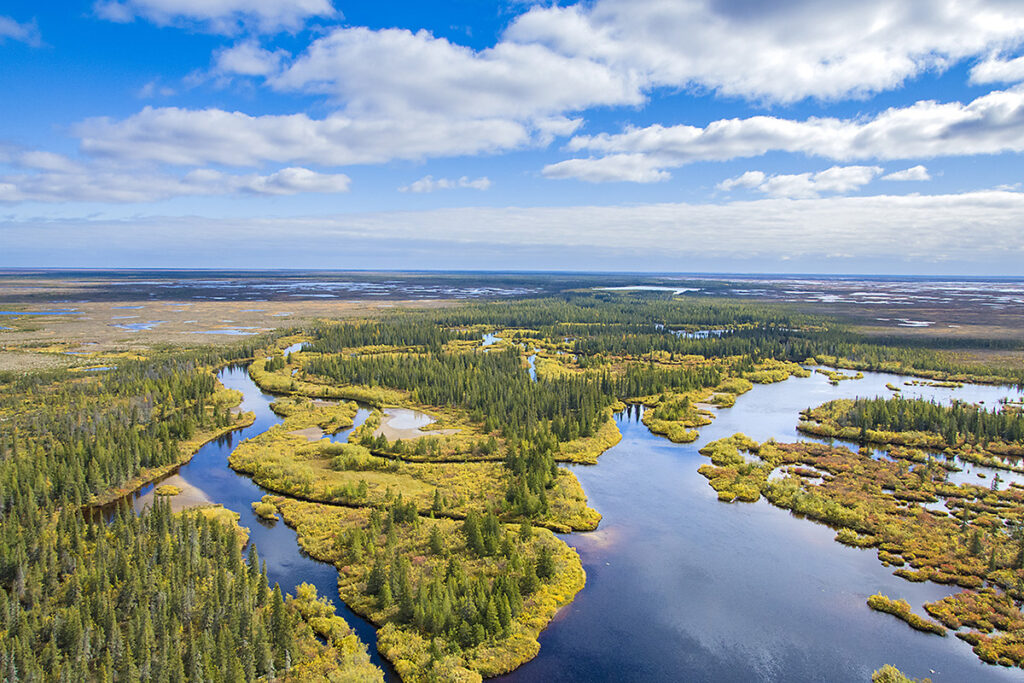

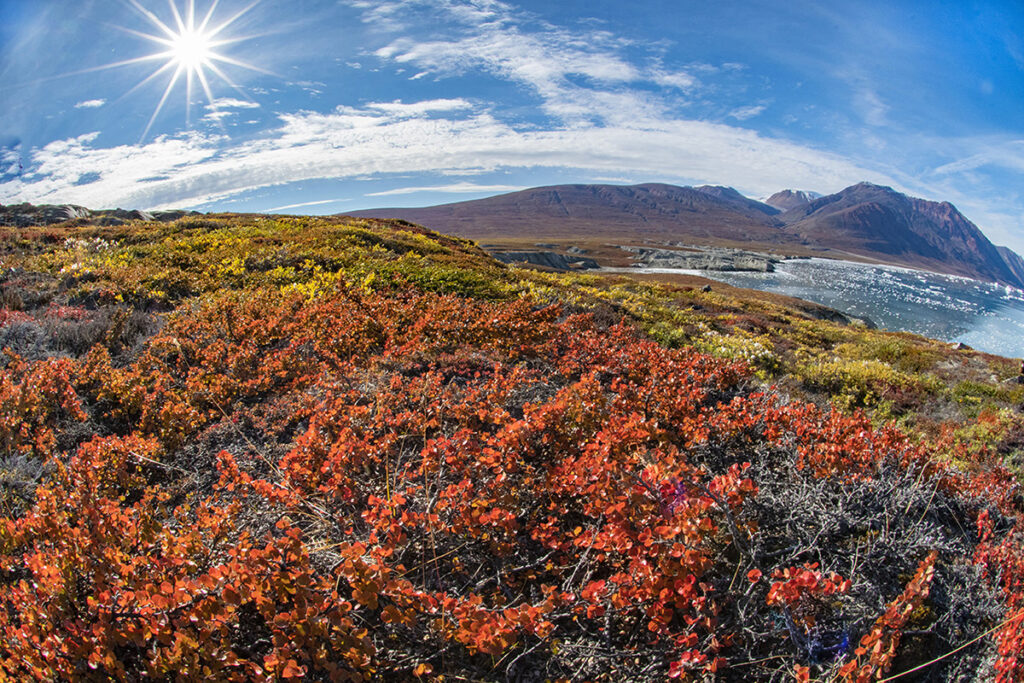







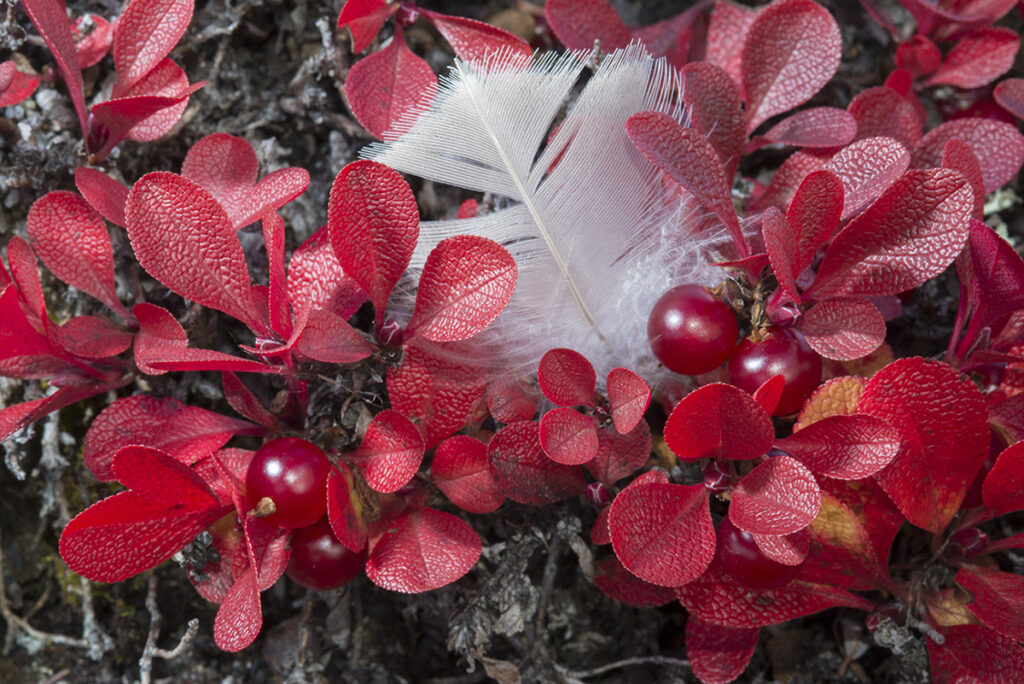

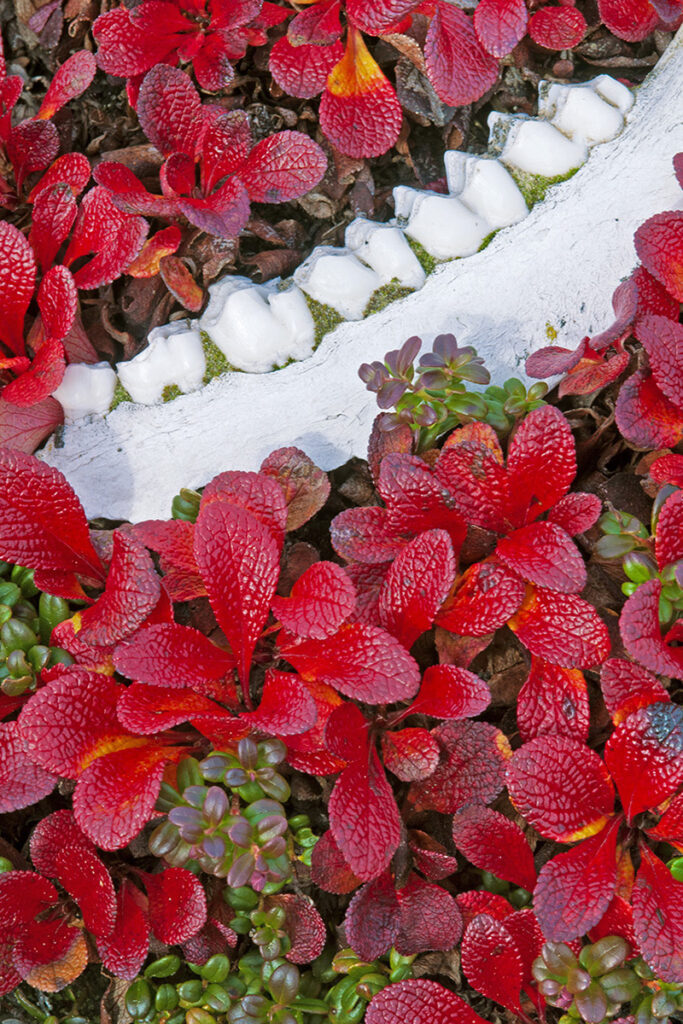
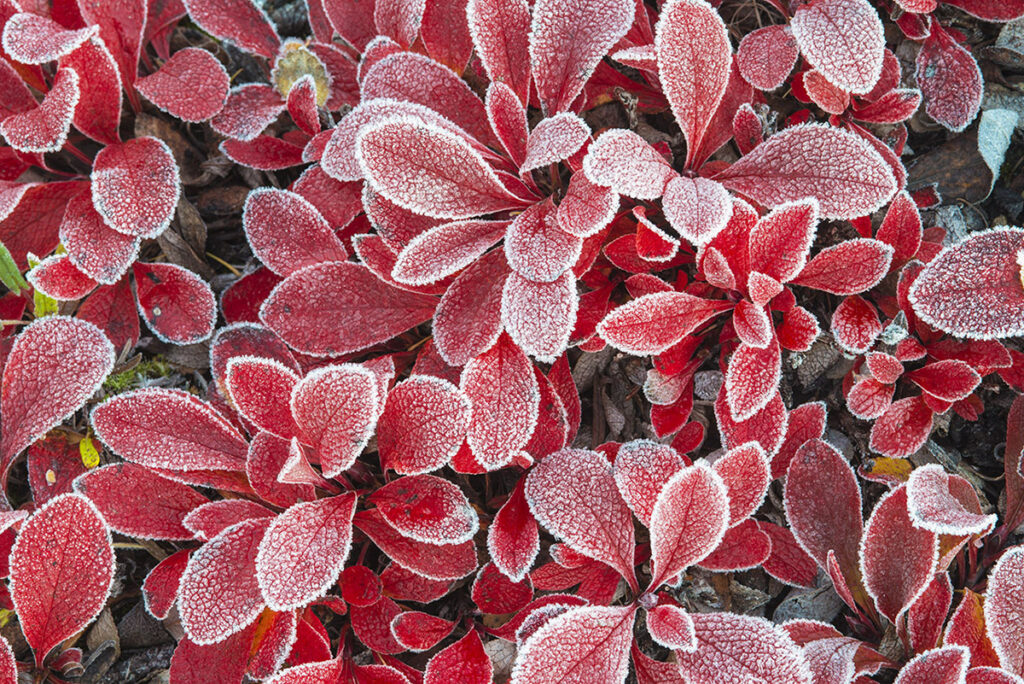

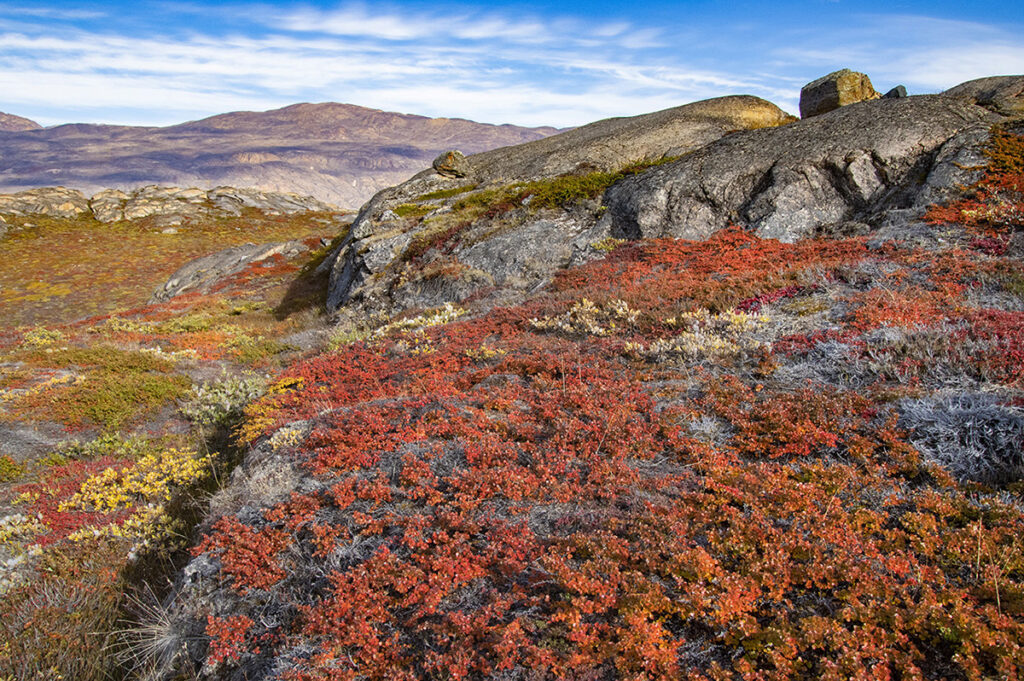
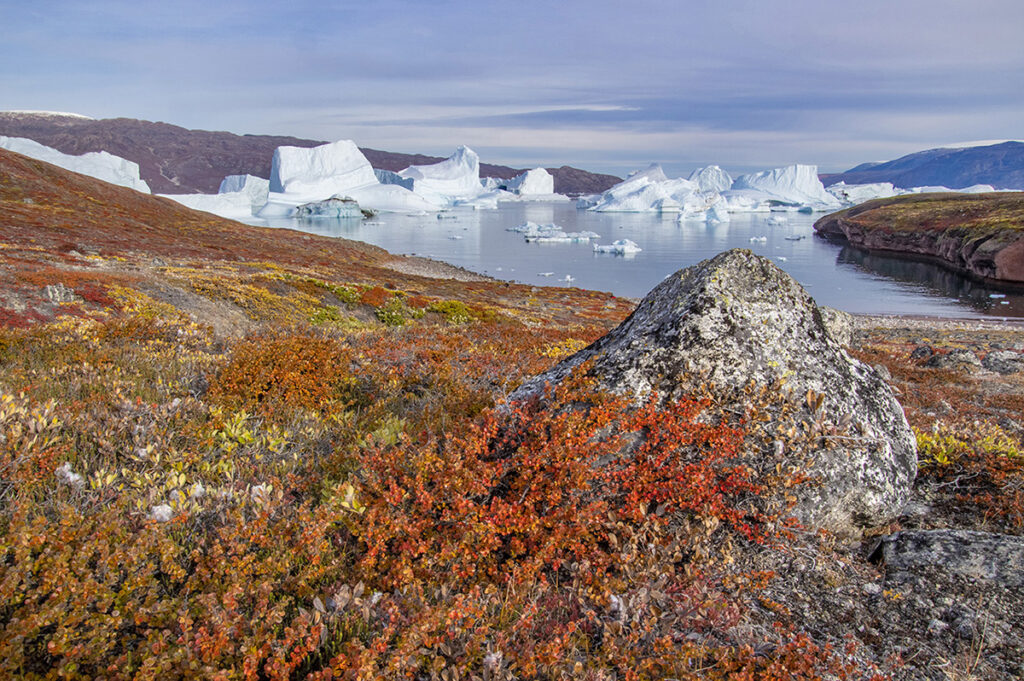



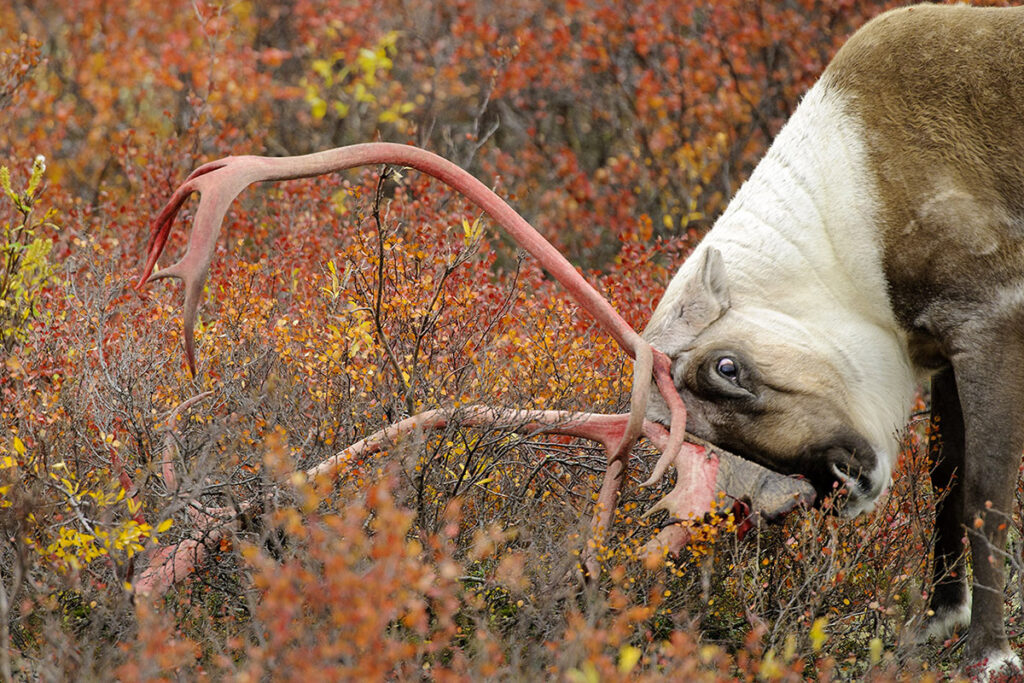






Thank you for sharing the beautiful colours and textures of the Arctic with us. Such vibrant landscapes. What a wonderful opportunity to capture it.
Thanks Eleanor.
Thank you for sharing these images with us.